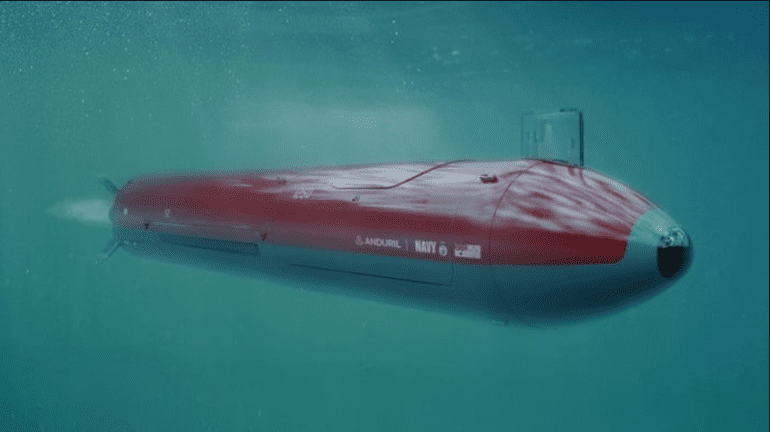TL;DR:
- Australia invests in two submarine technologies to counter China’s military expansion.
- High-cost nuclear-powered attack submarines and AI-driven “Ghost Sharks” are the focus.
- Nuclear submarines are massive and crewed, costing AUD$28 billion each for post-mid-century deployment.
- Ghost Sharks, costing AUD$23 million each, leverage AI and no crew, set for delivery by mid-2025.
- Anduril, a U.S. defense contractor, manufactures Ghost Sharks with AI technology.
- Australia’s response to a report highlighting China’s military expansion since World War II.
- Anduril plans to offer Ghost Sharks to allies like the United States, Britain, and Japan.
- Australia aims to deploy autonomous underwater robots ahead of nuclear submarines.
- Implications for global tensions between China and the United States, reshaping military strategies.
Main AI News:
In a strategic response to the growing military assertiveness of China, Australia is charting a course toward bolstering its naval capabilities through a dual-pronged approach, setting its sights on high-cost nuclear-powered attack submarines and the relatively cost-effective AI-driven unmanned submarines, aptly dubbed “Ghost Sharks.”
The nuclear-powered behemoths, each boasting a hefty price tag exceeding AUD$28 billion, are slated to become fully operational beyond the mid-century mark. In stark contrast, the Ghost Sharks, with a price tag hovering just above AUD$23 million per unit, are poised for delivery by mid-2025. These cutting-edge aquatic marvels are being crafted under the stewardship of U.S. defense titan Anduril, leveraging artificial intelligence to eliminate the necessity for a conventional pressure hull, resulting in swifter and more economical production processes.
The dichotomy between these two aquatic arsenals is remarkable. While the nuclear submarines necessitate a crew of 132 and are comparable in size to a football field, the Ghost Sharks are compact, akin to the dimensions of a school bus, and operate entirely devoid of an onboard crew. This stark contrast underscores the pivotal role that artificial intelligence and automation play in shaping the contours of modern warfare.
Australia’s resolute stance is an immediate response to a comprehensive report published by the Australian government back in April. The report sounded the alarm on China’s military expansion, deeming it the most significant surge since the tumultuous era of World War II. It underscored the urgent necessity for proactive measures to confront immediate threats on the global stage.
Notably, Anduril envisions extending its offerings of the Ghost Sharks to other staunch allies, with the United States, Britain, Japan, Singapore, South Korea, and various European nations topping the list. As one of the United States’ staunchest allies, Australia is committed to the swift deployment of autonomous underwater robotic assets for surveillance and operational duties, poised to precede the introduction of nuclear-powered submarines into the fray.
This strategic pivot holds profound implications for the escalating geopolitical tensions between China and the United States, ultimately reshaping the paradigms of contemporary military strategies. Australia’s resolute pursuit of cutting-edge AI-driven naval capabilities promises to be a decisive factor in navigating these tumultuous waters with precision and foresight.
Conclusion:
Australia’s strategic investment in advanced naval technologies, featuring both nuclear-powered submarines and AI-driven Ghost Sharks, signifies a proactive response to the escalating tensions with China. This move not only bolsters Australia’s defense capabilities but also opens up new opportunities for international cooperation and reshapes the global military landscape, presenting potential market implications for AI-driven defense technologies and underwater robotics.

